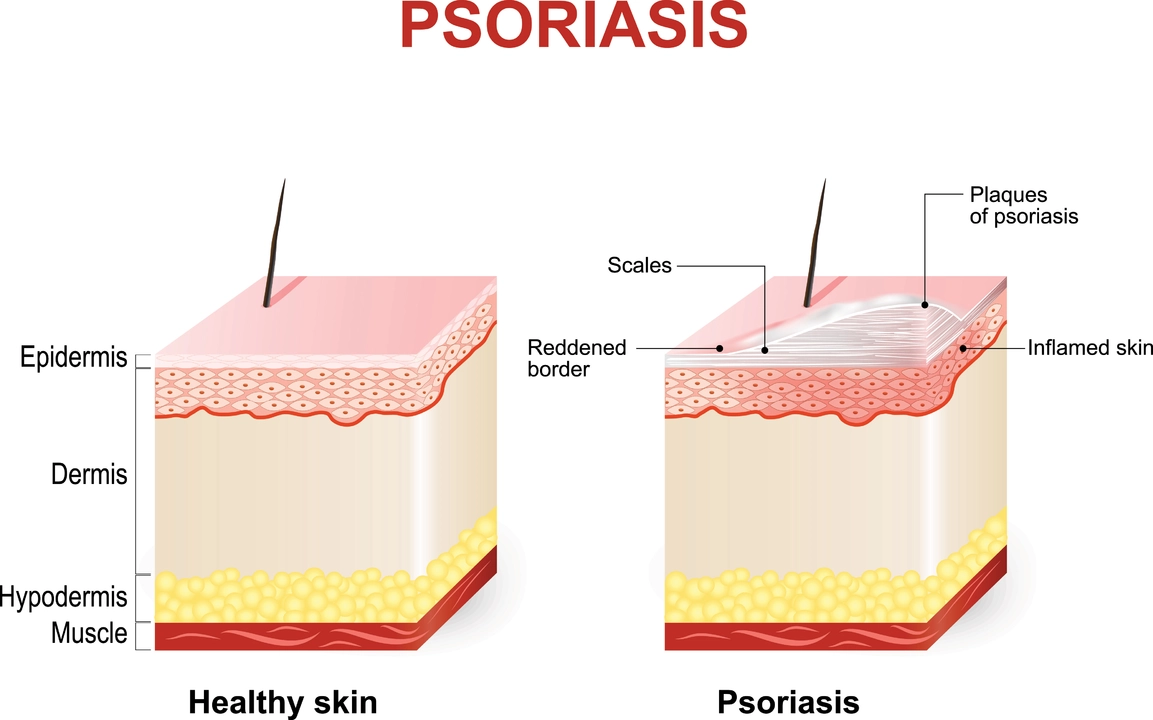Plaque psoriasis: what it looks like and what actually helps
If you have red, scaly patches that itch or sting, you might be dealing with plaque psoriasis. It’s the most common form of psoriasis and can show up anywhere, but it usually affects elbows, knees, scalp, and lower back. The good news: you don’t have to guess what to do next. This page gives clear, practical steps you can use today to ease symptoms and lower flare-ups.
Quick facts you want to know
Plaque psoriasis happens when skin cells renew too fast, piling up into thick, silvery scales. Triggers differ by person — stress, infections, certain medicines, cold dry weather, and even alcohol or smoking can spark a flare. It’s not contagious and it ranges from a few small spots to widespread patches that affect daily life.
Diagnosis is usually straightforward: a doctor looks at your skin and asks about family history. Sometimes a small skin sample (biopsy) is taken to confirm. If joint pain appears with skin symptoms, mention it — that can signal psoriatic arthritis and needs faster treatment.
Quick treatment options
Topical treatments are the first stop for most people. Over-the-counter moisturizers and medicated creams like corticosteroids, vitamin D analogs (calcipotriene), or coal tar can shrink plaques and calm itching. Use steroid creams exactly as your doctor advises — they work fast but aren’t meant for long-term use on thin skin like the face.
If creams don’t cut it, doctors may suggest light therapy (narrowband UVB) or systemic medicines you take by mouth or injection. Common systemic choices include methotrexate, cyclosporine, acitretin, and the newer biologic drugs that target immune pathways. Biologics work well for moderate-to-severe disease, but they require blood tests and regular follow-up.
Thinking about buying meds online? Be careful. Use licensed pharmacies and check for real prescriptions. Talk to your provider before starting or stopping any medicine.
For thick scales, gentle exfoliation with salicylic acid or a medicated shampoo for the scalp helps. Bathing in lukewarm water with added bath oil and applying moisturizer while skin is damp locks in moisture and reduces scaling.
Small lifestyle changes add up. Keep skin moisturized, quit smoking if you can, limit alcohol, manage stress with simple techniques like walking or breathing exercises, and maintain a healthy weight — losing even a little weight can reduce flare frequency if you’re overweight.
When to see a doctor? If plaques cover large areas, significantly affect sleep or work, or if you have joint pain, get medical help. Also see a clinician if topical treatments stop working or cause side effects.
If you want, browse our articles tagged “plaque psoriasis” to compare treatments, learn about drug options, and find safer ways to get medication online. Managing plaque psoriasis is often about small, steady steps — and getting the right help when you need it.





